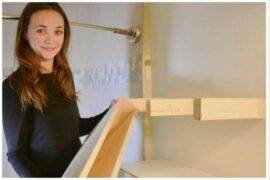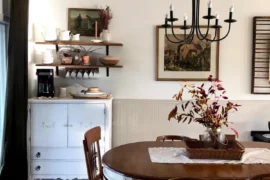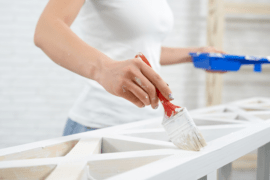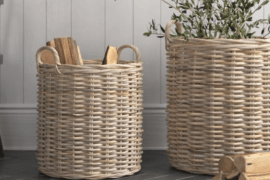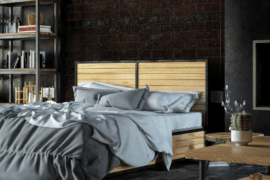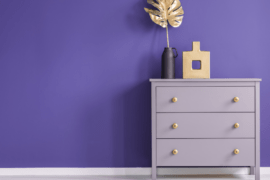When considering reupholstering furniture, is it worth it? This question often arises for anyone looking to refresh their living space without the hefty cost of buying new furnishings. Reupholstering can breathe new life into a beloved piece whose fabric has seen better days while also allowing customization to fit your current decor or personal style. Needless to mention it’s also an environmentally friendly choice. Instead of discarding a structurally sound piece of furniture, reupholstering keeps it out of the landfill, contributing to a reduction in waste.
In this article, we will do a deep dive to answer the question — “is it really worth it to reupholster furniture?” We’ve done the research, so you don’t have to!
Understanding Reupholstering
Understanding the process is key to figuring out if furniture reupholstering is indeed worth it. Reupholstering involves more than just changing the fabric of your furniture. It’s a detailed craft that can include replacing padding, springs, webbing, and frame repairs. This restoration not only enhances the appearance but can also extend the lifespan of your beloved pieces. Professionals meticulously work to retain the integrity and style of the furniture while updating it to meet current decor styles and comfort.
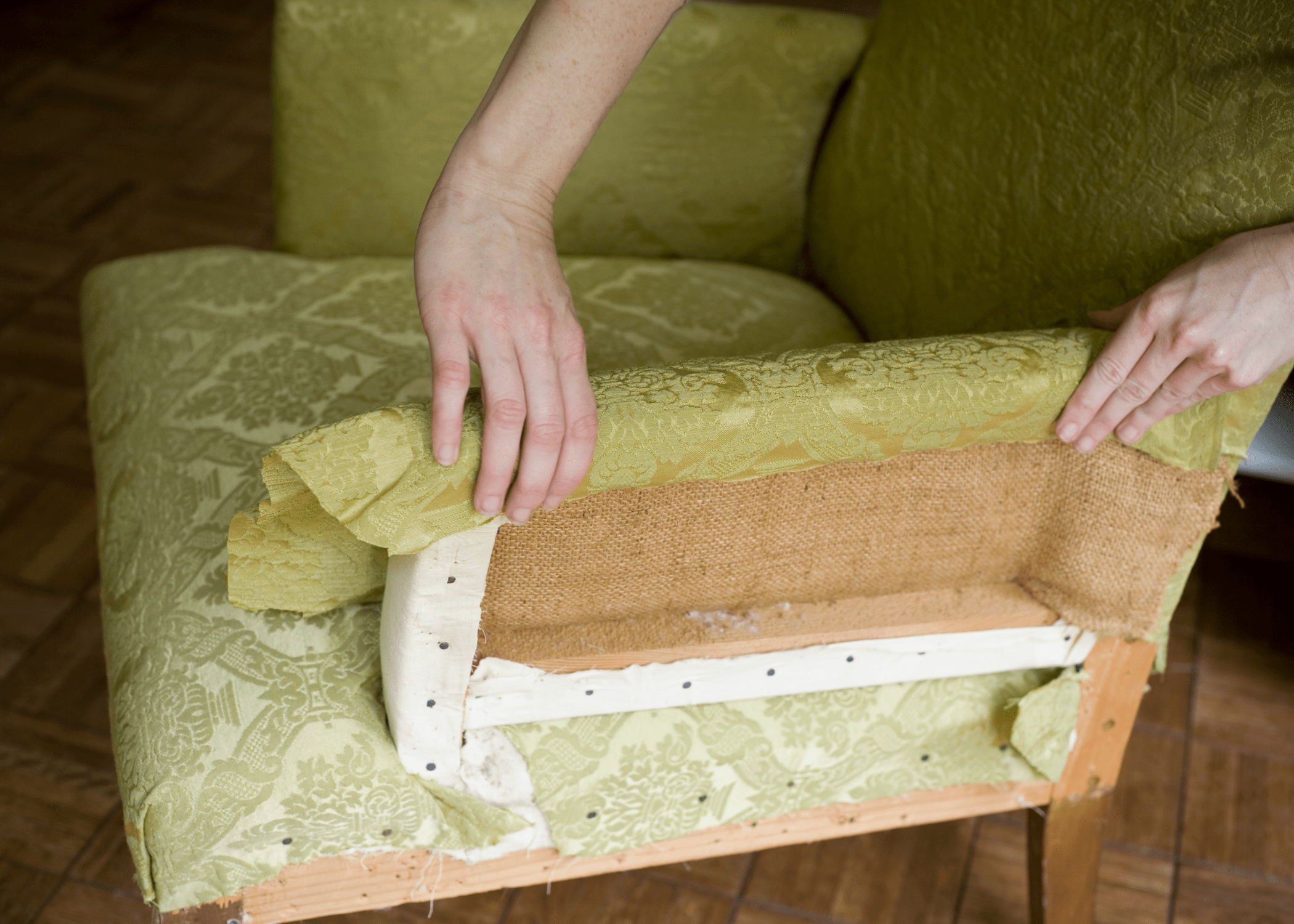
The decision to reupholster is often influenced by several factors, including sentimental value, quality of the original furniture, and cost comparison with buying new furniture.
For antique or high-quality pieces, re-upholstering can be a worthwhile investment, preserving the unique features and craftsmanship that modern furniture often lacks. It allows for customization in fabric choice, color, and patterns, which can be tailored to fit new interior design trends or personal taste preferences.
Reupholstering can breathe new life into a room, making it an appealing option for those looking to refresh their space without the environmental impact of discarding substantial items.
Assessing the Cost
When considering reupholstering furniture, is it worth it from a cost perspective? It’s a common dilemma for many looking to refresh their living spaces. The decision often boils down to comparing the price of reupholstering your existing pieces versus purchasing new ones.
Reupholstering can be a cost-effective solution if the piece is of high quality or holds sentimental value. However, it’s important to factor in the costs of fabric and labor, which can sometimes add up to be as much, if not more, than buying new furniture.

On the other hand, opting for new furniture offers the advantage of modern designs and possibly better functionality, which might be more in line with current trends. Yet, it’s worth noting that new furniture may not have the same build quality as older, well-made pieces. Therefore, assessing the longevity and durability of the furniture is crucial.
If the existing furniture has a sturdy frame and only the fabric is worn out, reupholstering could indeed breathe new life into the piece and be a more economical choice in the long run.
Evaluating Furniture Condition
Once you assess the cost, it’s important not to leave out assessing the furniture itself. One key factor is the condition of the furniture. A well-built piece with a sturdy frame made of high-quality wood is often a prime candidate.
Look for signs of structural integrity, such as solid joints and the absence of major cracks or warping. If the piece holds sentimental value or is a unique vintage find, these factors also tilt the scales towards reupholstering. It’s not just about aesthetics; it’s about reviving a piece that has proven its durability over time.
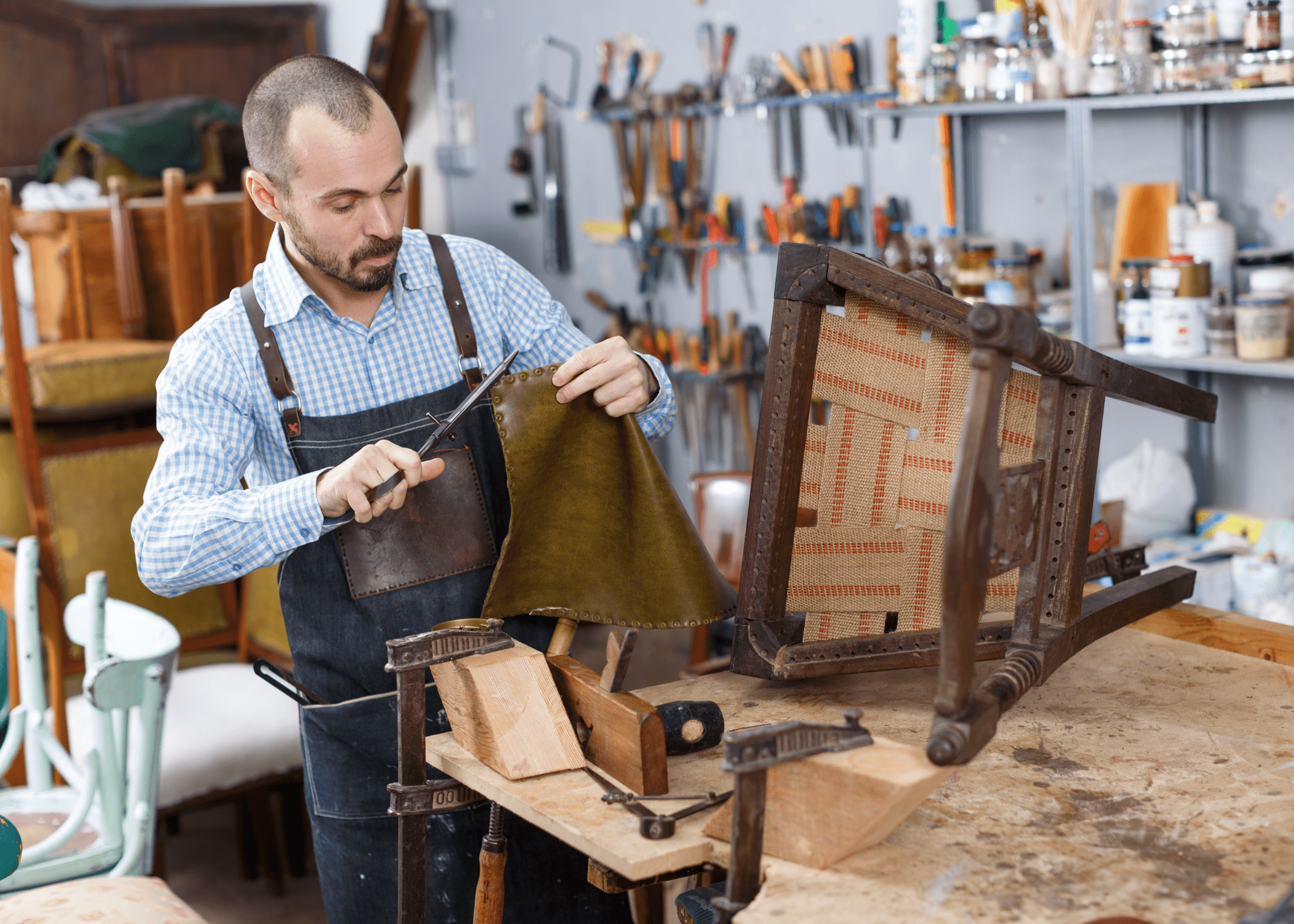
However, if the furniture shows signs of severe structural damage, such as broken frames or compromised support systems, the costs of repairs might outweigh the benefits of reupholstering. In such cases, it might be more practical to invest in new furniture. Evaluating the condition carefully and considering the potential for restoration can guide your decision effectively.
Always weigh the historical and emotional value of the piece against the practicality and costs involved to ensure that your investment is justified.
How Reupholstering Can Transform Your Decor
Reupholstering can breathe new life into a beloved piece that has seen better days, allowing you to preserve a sentimental item without compromising on aesthetics.
It’s an excellent opportunity to inject a fresh vibe into a room, with a wide range of fabrics and textures at your disposal. This process not only revitalizes an old favorite but also ensures it complements your evolving home style seamlessly.
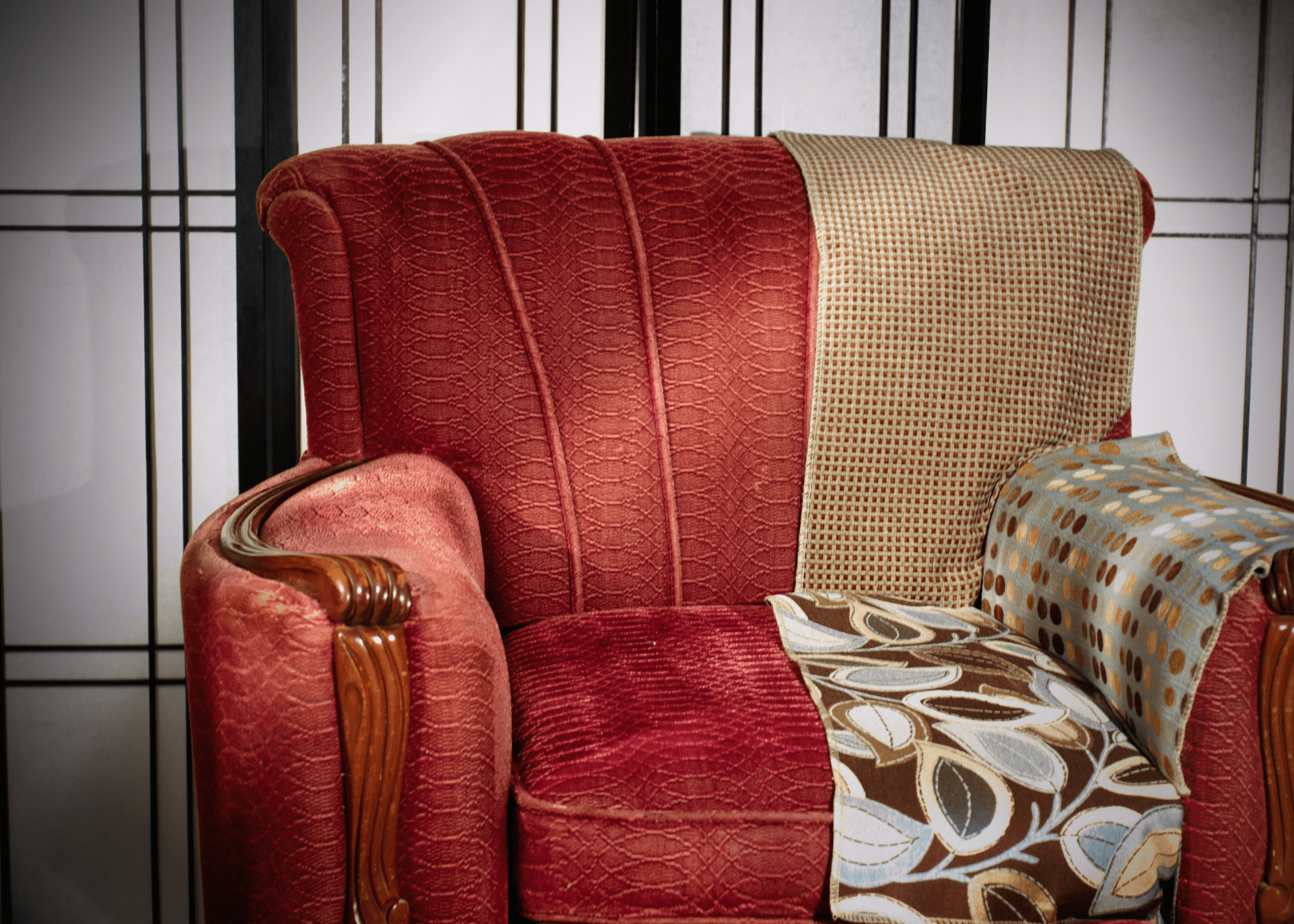
Reupholstering is a fantastic way to keep up with current design trends while maintaining a unique touch. Whether you’re looking to add a bold pattern to make a statement or prefer a more classic fabric to enhance a subtle, sophisticated look, reupholstering offers the flexibility to tailor your decor to your exact tastes.
This customization can transform the overall feel of a space, proving that a little fabric change can go a long way in revamping your home’s interior. So, if you’re looking to refresh your space, reupholstering provides a cost-effective and creative solution.
Choosing the Right Fabric for Reupholstering
One crucial factor to ponder is the selection of the right fabric. The type of material you choose can dramatically affect both the appearance and longevity of your furniture. Fabrics like cotton or linen are popular for their comfort and breathability, making them ideal for casual spaces where relaxation is key.
However, if durability is a priority, especially in households with pets or children, synthetic fibers such as microfiber or nylon might be better suited as they are easier to clean and resist wear and tear.
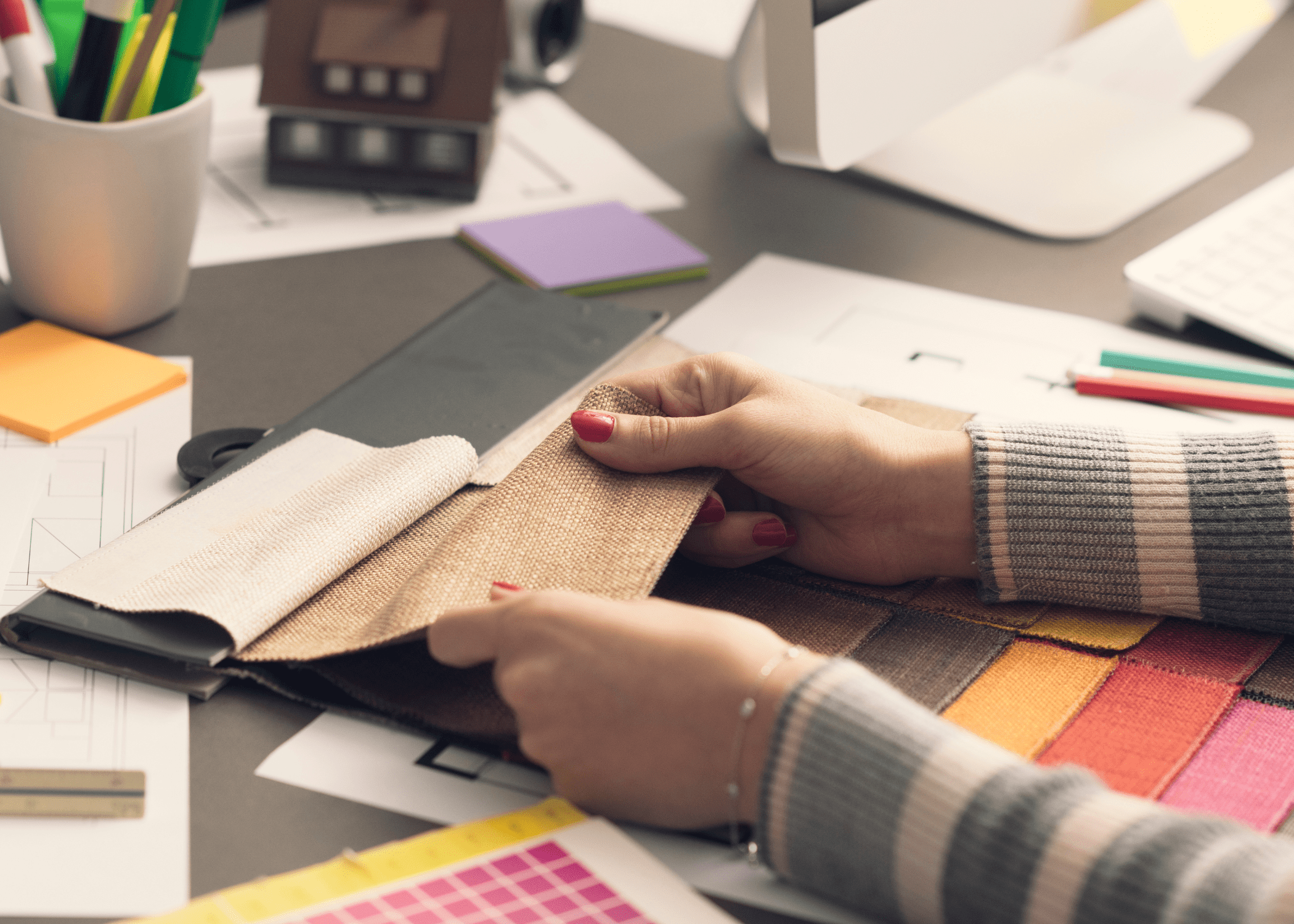
The aesthetic aspect of fabric selection can’t be ignored. The texture, color, and pattern of the material should complement the style of the room where the furniture will be placed. For a piece that stands out, vibrant colors or bold patterns can make a statement. Conversely, for a more subdued, sophisticated look, neutral colors, and simple textures might be preferable. Always consider the overall design scheme of your space to ensure that your reupholstered piece blends seamlessly or serves as an accent feature, enhancing the overall ambiance of your home.
DIY Versus Professional Reupholstering
When considering reupholstering furniture, is it worth it to take on the project yourself, or should you hire a professional? The answer largely depends on a few key factors. DIY reupholstering can be a rewarding project, offering personal satisfaction and potentially lower costs. It allows you to choose your materials hands-on and ensures the finished product exactly matches your vision.
However, it requires a significant time investment and a certain level of skill to ensure the job is done right. Tools, workspace, and an understanding of fabric types and furniture structure are also must-haves.
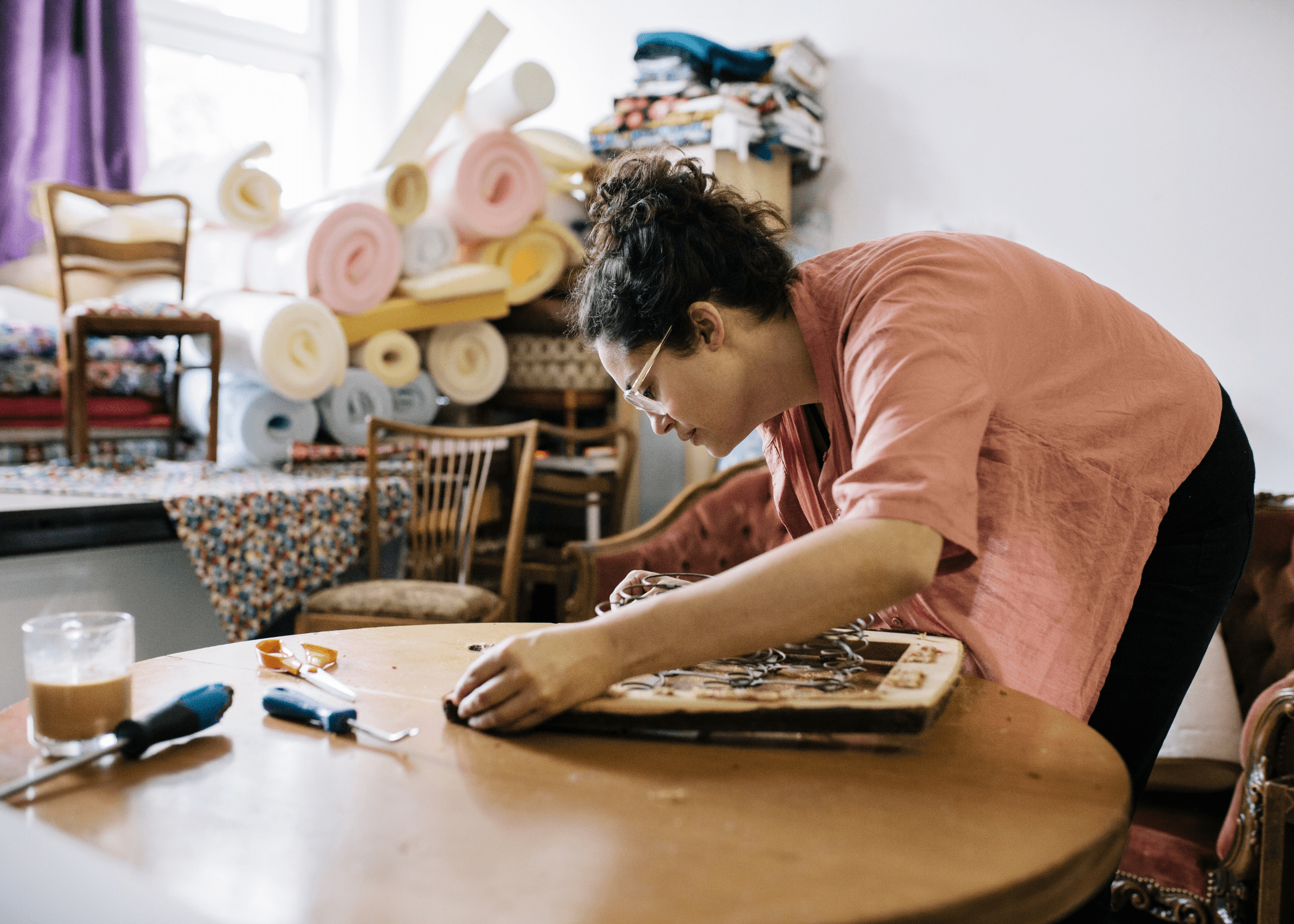
On the other hand, hiring a professional can relieve the stress of tackling a complex project. Professionals bring a wealth of experience, precision, and efficiency to the table, often translating to a high-quality finish that might be hard to achieve on your own.
They can also offer advice on the best materials for durability and comfort and handle unexpected challenges that may arise during the reupholstering process. While this option might come with a higher upfront cost, the investment can extend the life of your furniture significantly, making it a worthwhile consideration.
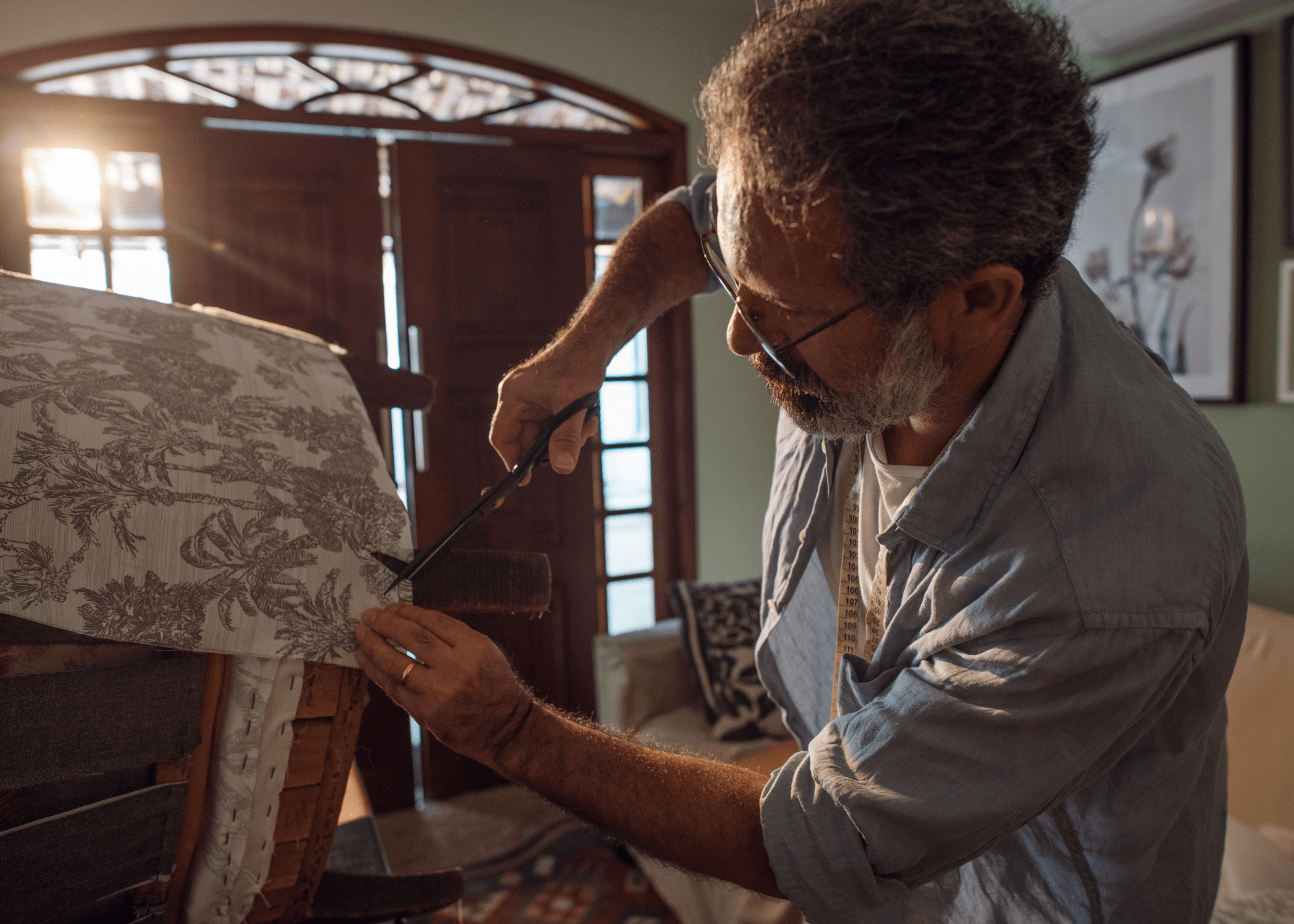
Longevity and Sustainability
Reupholstering furniture can significantly extend the life of a piece, reducing the demand for new resources and minimizing waste. Each couch or chair reupholstered means less bulk in our landfills, which are already overburdened with disposable furniture that contributes to environmental degradation.
Reupholstering offers the opportunity to use more sustainable materials, such as organic fabrics or natural fillers, further decreasing the ecological footprint of your furniture.
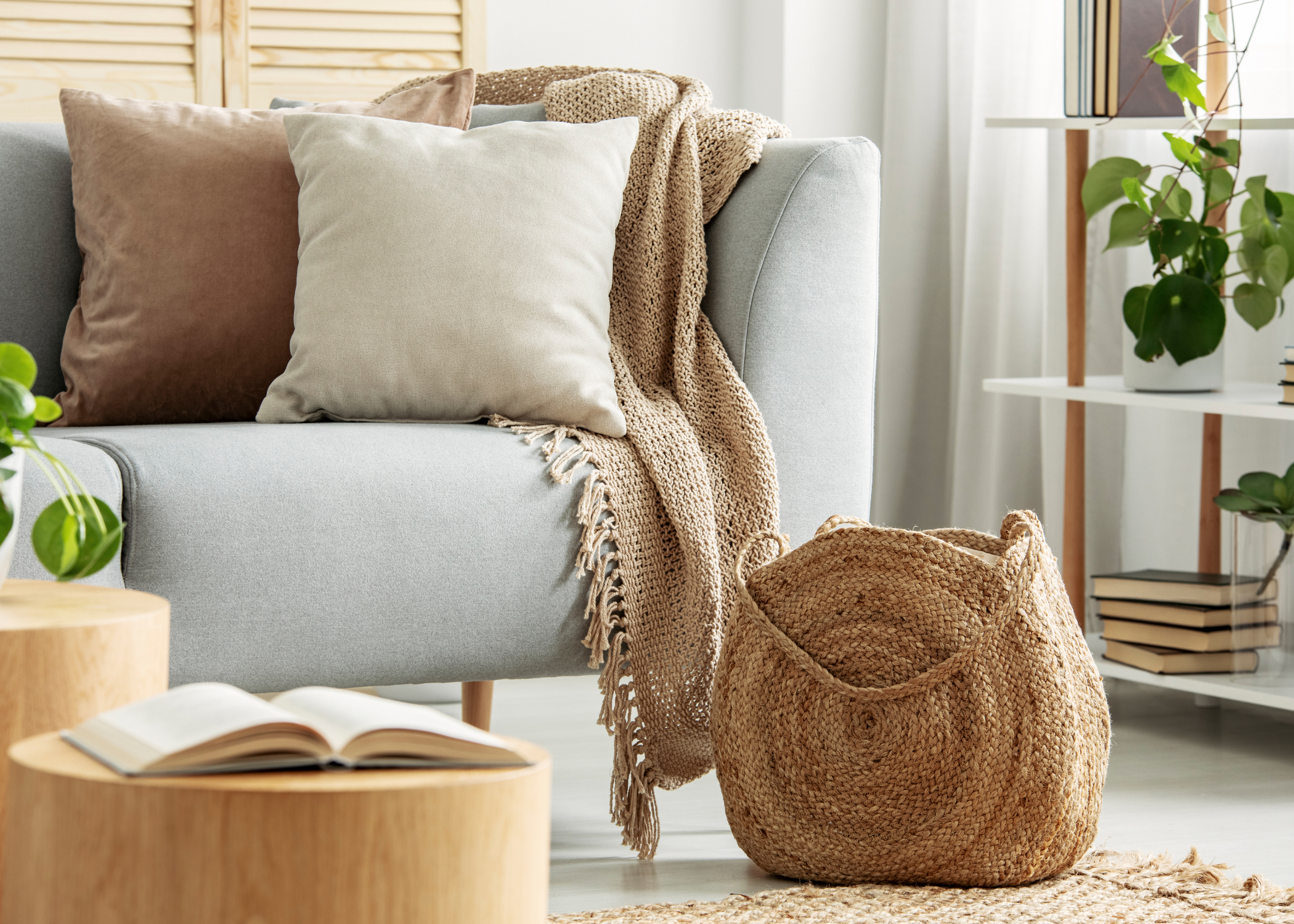
The process of reupholstering furniture supports local economies and promotes craftsmanship. Instead of mass-produced items, reupholstered pieces are often handcrafted with attention to detail, resulting in unique, quality products that stand the test of time.
This not only conserves resources but also reduces the carbon emissions associated with manufacturing and long-distance transportation of new furniture. By choosing to reupholster, you’re not just preserving a piece of furniture but also contributing to a more sustainable and responsible consumption model.
Making an Informed Decision on Reupholstering Furniture
Moreover, reupholstering allows for customization to fit personal tastes and interior decor seamlessly. It’s an eco-friendly choice, reducing the amount of furniture waste that ends up in landfills. By choosing to reupholster, you’re not only making a choice that benefits your home aesthetically and functionally but also making a decision that positively impacts the environment. Ultimately, the decision should align with your values, budget, and the potential of the furniture piece to continue being a functional and cherished part of your home.
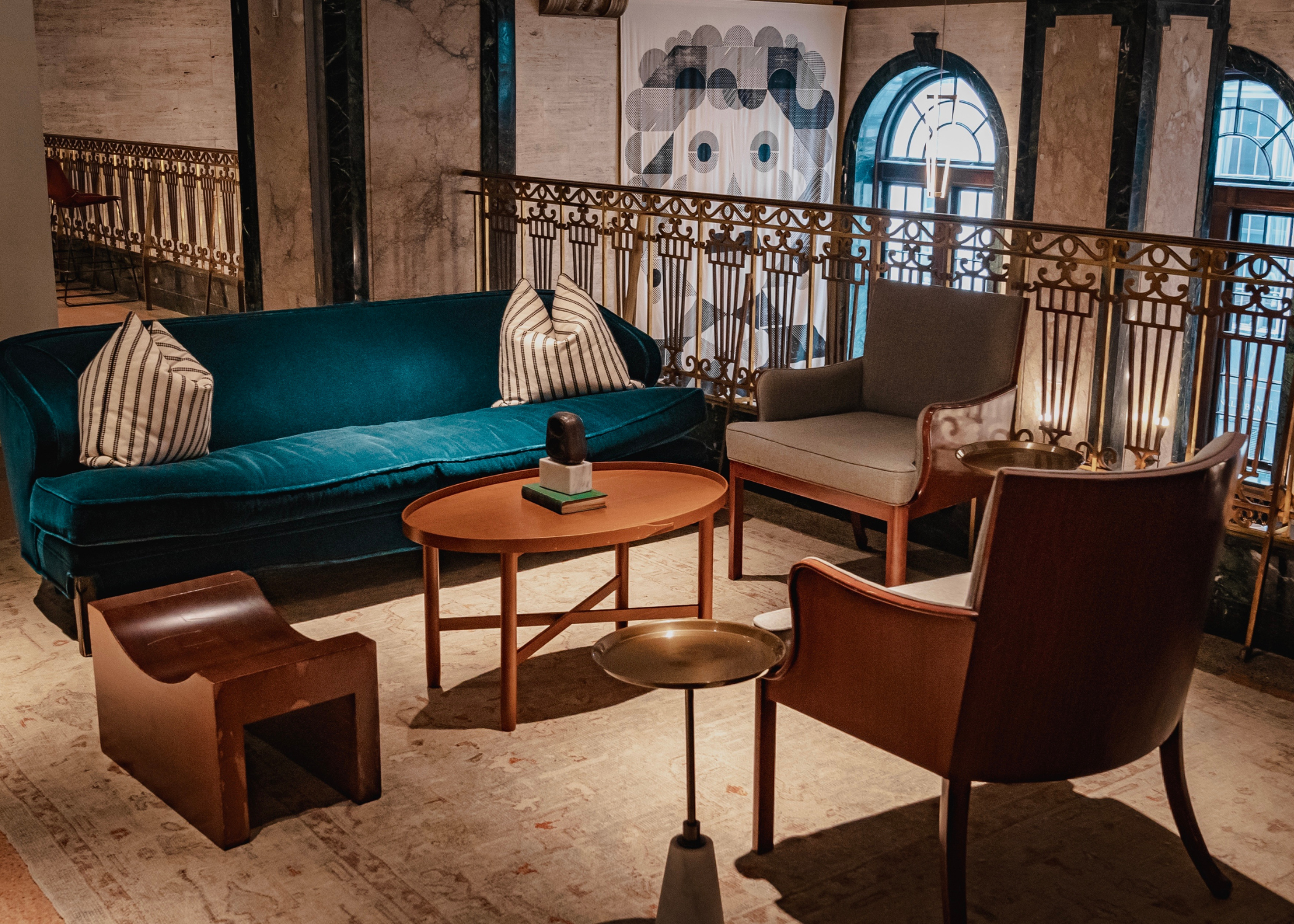
Related Articles
- Beginner’s Guide and Tips For How to Paint Furniture
- How to Reupholster a Chair: Your Comprehensive Guide
- Stunning DIY Home Decor For Elevating Your Home
Turn your house into the home of your dreams. Our newsletter provides you with design ideas and decor trends. Subscribe now to start your journey to a stunning home! Click here to subscribe now.
